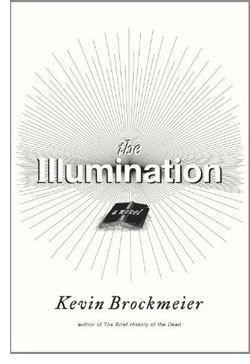 Review of: Gryphon: New and Selected Stories, by Charles Baxter
Review of: Gryphon: New and Selected Stories, by Charles Baxter
416 pages. Pantheon; releases Jan. 11, 2011.
I love short stories. There is something paradoxically satisfying about a good short story, the way it uses far less words than its larger cousins to say just as much, if not more. Charles Baxter’s collection of short stories — some previously published, others new — Gryphon is immensely satisfying in just that way.
My favorite story in this collection was “Fenstad’s Mother”; something about Clara Fenstad reminded me of my own mother, though they were nothing alike on the surface. I think it was her fierceness, her strength and her intelligence. And yet the story ends with Fenstad having to care for his mother, with Clara weak and sick in bed. There seemed to be a recurring theme in these stories, at least to me, of people moving into decline, whether it was parents or sons and daughters doing the declining.
There was an underlying otherworldliness to all of the stories in this volume. In “The Cures for Love”, Kit talks about her ex-lover and says, “the sex they had together invoked the old gods, just invited them right in, until, boom, there they were. She wondered over the way the spirit-gods, the ones she lonesomely believed in, descended over them and surrounded them and briefly made them feel like gods themselves.” I actually had an overwhelming sense of the old gods permeating many of these stories. The Fat Genie, Edward Augenblick, Billy Bell, Earl Lampson. Possibly I’m extrapolating, but I kept thinking of the characters in Neil Gaiman’s American Gods, who would slip in and out of the lives of mere mortals often without ever being recognized.
How does an author know when a short story should end? Part of the joy of reading Baxter’s excellent short story was that, while there was an entire world left unsaid each time, they all ended at the precisely right moment, leaving you exactly where you felt you belonged.
 Review of: The Illumination by Kevin Brockmeier
Review of: The Illumination by Kevin Brockmeier
